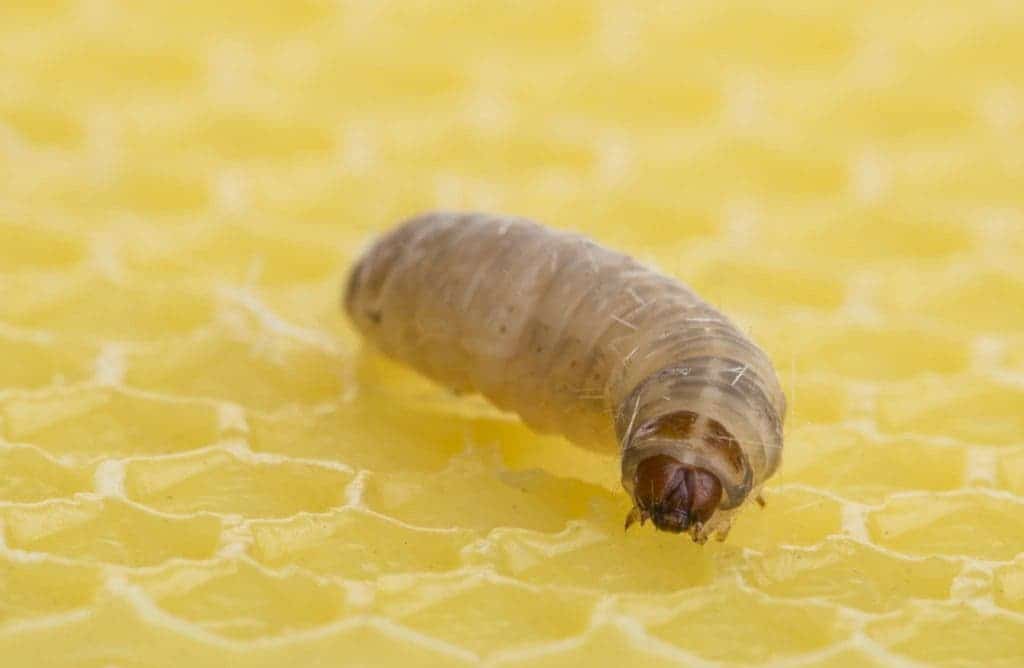A small waxworm could be useful in our fight against plastic waste, one of the main environmental problems of the modern era.

Back in 2017, researchers from the UK and Spain discovered that a species of caterpillar was capable of tearing apart polyethylene, one of the most common types of plastic. The waxworm could digest it and then produce ethylene glycol as a byproduct.
Other organisms could also do this but not as fast, which made this inconspicuous creature particularly interesting.
Eating plastic
The discovery opened the door to a new way of dealing with plastic pollution, but more research was needed to understand the internal mechanism of the caterpillar. Now, three years later, a group of scientists in Canada seems to have found more answers.
The team from Brandon University worked with three groups of caterpillars, feeding one with honeycomb, another with plastic, and letting the other one starve. After a period of time, they examined the microbiome of the caterpillars, which is the genetic material living inside the stomach.
They first confirmed that the larvae were able to consumer and digest polyethylene. While in the first stages the gut bacteria seemed stable no matter the diet, the researchers discovered that there were more microbes in the group that had been fed with plastic in the experiment.
“It was quite interesting that caterpillars fed a plastic diet have increased abundance relative to those fed on their normal honeycomb diet or starved,” author Bryan Cassone told Newsweek. “Presumably this is because some of the bacteria intricately involved in the breakdown of this polymer are proliferating on this diet.”
Cassone and his team then isolated the bacteria in the stomach of the waxworm and fed them just with plastic for a full year. This helped the researchers to identify the microorganisms that are involved in the process of breaking down the plastic, which could lead to creating a technology to eliminate plastic permanently.
Breaking the habit
Humans are addicted to plastic, a material that we can find almost everywhere but that is also very hard to get rid of. About eight million tons of it end up in the oceans every year, according to the UN. Recycling can be highly difficult, proven by the fact that 60% of plastics end up in landfills or in nature.
The caterpillars represent an important breakthrough and help deal with plastics, especially those that are hard to recycle. Nevertheless, there’s still a long way to go, according to the researchers.
“There is still a lot to do before we can parlay this work into making a meaningful contribution,” Cassone said. “The larvae tend to eat less plastic with longer times on that type of diet. By understanding the process, we can then begin to develop ways to really make a meaningful impact to plastic pollution.”
The study was published in the journal Proceedings of the Royal Society.









